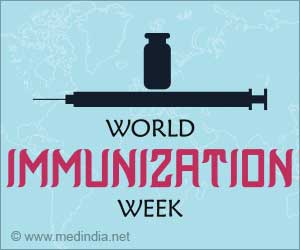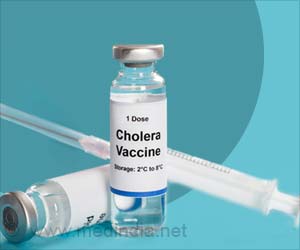The way in which cells respond to certain chemotherapy drugs may help clinicians understand why some tumors re-grow after treatment. This may also provide tips as to why drugs that block blood vessel formation might be a useful partner in halting this devastating effect.
Some chemotherapy drugs shrink tumors at first, but their action can also spur the bone marrow to produce cells called CEPs, which rush to the site of the cancer to help rebuild the tumor’s blood supply, according to the study published in the September issue of the journal Cancer Cell.But in their experiments with mice and human cancer cells, Dr. Yuval Shaked of the Rappaport Faculty of Medicine at the Technion-Israel Institute of Technology and an international team of researchers discovered that not all chemo drugs have this effect on CEPs.
For instance, paclitaxel, a drug most often used to treat lung, ovarian and breast cancer, appears to mobilize CEPs and promote new blood vessel growth in treated tumors. But gemcitabine, a chemo drug used to treat non-small cell lung cancer, pancreatic cancer, breast cancer, and bladder cancer, does not trigger increased CEP activity, the researchers found.
The difference could explain why a combination of chemotherapy and antiangiogenic drugs—drugs that block new blood vessel formation—prevent the regrowth of some tumors but fail to have any effect on other tumors, explained senior author Robert S. Kerbel of the University of Toronto.
Antiangiogenic drugs appear to be most effective when they team up with chemotherapies that unleash CEPs, the researchers suggest, since they can blunt the effects on new blood vessel growth prompted by the cells.
In fact, the results indicate that an antiangiogenic drug given “immediately prior” to a chemotherapy drug that causes a spike in CEPs can shrink tumors and kill off tumor cells, said Shaked, who completed the study at Sunnybrook Health Sciences Centre in Toronto, Canada.
Advertisement
The researchers also identified key elements of the molecular pathway that links certain chemo drugs to the mobilization of CEPs. By targeting one part of the pathway with particular antibodies in mice, “we can blunt the chemotherapy-induced CEP spike,” Shaked said. If a similar antibody could be developed for clinical use in humans, it might improve the antitumor capabilities of some chemotherapies, he explained.
Advertisement
Rafii said that the research may someday lead to a simple blood draw for cancer patients, “a test that you can do noninvasively, to judge how well a chemotherapy agent is targeting angiogenesis” in a tumor. With that information in mind, clinicians could combine antitumor drugs “in a much more logical manner,” he noted.
Source-Newswise
RAS/SK












